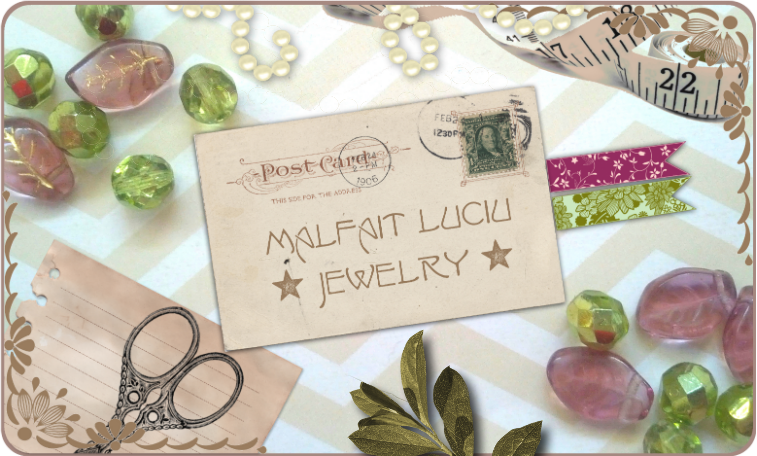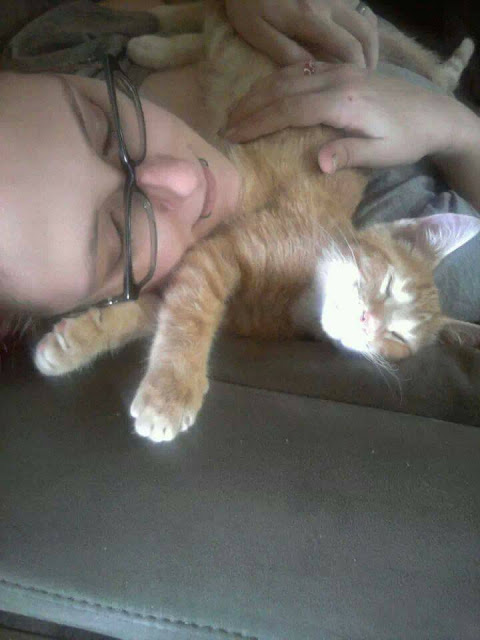Yesterday I made a post about how to apply an ammonia patina to copper. In that post I mentioned a borax patina that can be done quickly and easily, so I decided to write up this little how-to :)
I love this method because it's fast and easy and produces some lovely colors, like the ones in my Copper Heart Earrings. If you like instant gratification as much as I do, then this technique is for you!
Materials and Tools
- Borax (can be found in the laundry/household cleaners aisle in the grocery store - look for it on the bottom shelves)
- A small container for the solution you'll mix up, I use a ramekin
- A soldering/heat proof surface. I use a charcoal brick atop a fire brick
- A torch - I use a small butane torch
- A pair of cross-lock tweezers
- Very hot water (not boiling hot, but as hot as you can get it from your faucet)
- A piece of copper, of course :D
The first thing you have to do is make sure your copper is clean. Some scrub with a toothbrush and Dawn soap, but I just wipe it down with some rubbing alcohol and that seems to work fine.
Once your piece is cleaned, set it aside and mix your borax solution. In your small container/ramekin, pour in some very hot water (again, not boiling, but it should be a little too hot to the touch). Then, sprinkle in your borax. I personally put a ton of borax in my solution- often so much that not all of it dissolves in the water- I like to super saturate the water with the borax.
You want to work a little quickly here because you don't want your borax solution to cool off too much. Take your copper and set it on your heat-proof surface, and make sure your cross-lock tweezers are handy. With your torch, heat the bejeezus out of your copper. You want to heat it until it glows cherry red. Quickly grab your cross-lock tweezers and use them to grab the piece of copper, and quench it in your borax solution. You want to work fast because you want your copper to be as hot as possible when you quench it.
When you quench your copper, something pretty cool happens! When you first dunk it in the borax solution, the copper will hiss as it cools down rapidly and will turn kind of gray-ish. But just a moment after that, you hear another hiss and can literally see the red patina appear right before your eyes! This is my favorite part, haha! Ive made a video just so you can see how satisfying that double hiss is! :D
I hope you found this little guide helpful! The really great thing about this method is if you don't like the patina you end up with, all you have to do is toss it in the pickle pot for awhile and it will come back copper colored so you can retry your borax patina as many times as you like until you achieve the look you want.
For now I'll leave you with a pic of me holding my mom's kitty Jinx on the day we brought him home. :)
Til Next Time!












